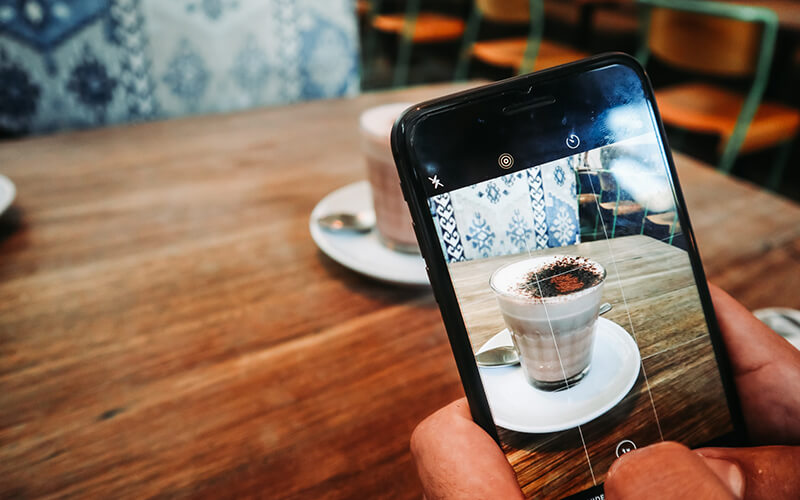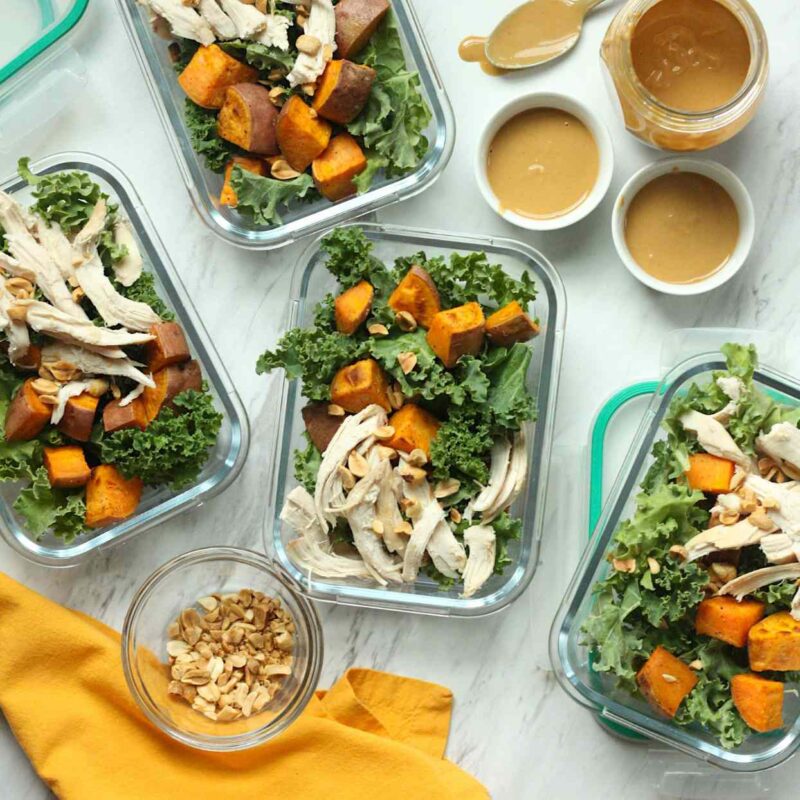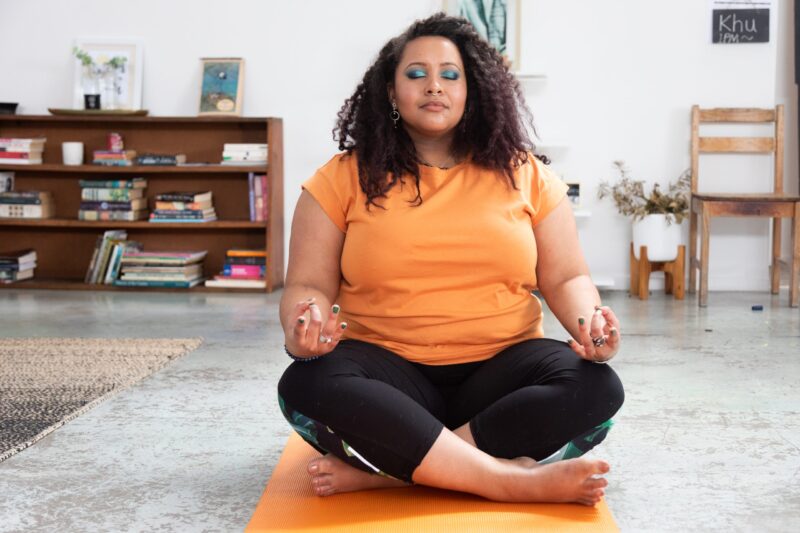
To produce aesthetically pleasing snapshots, you don’t necessarily need to use a special camera! It turns out you can still utilize your smartphone to create creative and innovative photos.
Moreover, the minimalist size of smartphones makes them easy to carry anywhere, making it more flexible to capture images when you encounter beautiful subjects. This time, we will discuss creative photography ideas taken using your smartphone.
Inspirational Object Photography Using Your Phone
You can try photographing various interesting objects with your smartphone. No need to worry, here are some inspirational ideas to help you capture images with your phone:
1. Light painting
Light painting is a fun photography subject because you only need to capture the shape of light trails. You can use long exposure and a light source to capture the object.
To capture light paintings, you can use various light sources such as flashlights, fireworks, and light sticks. Place the camera on a tripod and use the bulb setting. Then move the light source while taking the photo.
Another way is to choose a flower subject and illuminate it with a flashlight to create bright spots that result in excellent snapshots.
2. 365 Days Project
This photo subject can be described as both easy and difficult because you don’t need to go anywhere but still have to stand and take photos day by day. You need to choose a theme, texture, color, or people to photograph every day for 365 days or a year.
You can also take any inspiring photos that allow you to capture the subject every day. But if it seems too long and impractical, try a 30-day project, especially for beginners.
See also : Watercolor Painting Techniques for Beginners
3. A-Z Project
This photo subject is quite unique and simple because you only photograph objects forming letters of the alphabet. For example, photographing a street lamp that forms the letter S.
If there are no objects forming letters of the alphabet, you can also create them yourself. For example, making alphabet letters from a row of ants, cracks in branches, biscuits, and so on.
With the right smartphone photography technique, you can get the best results. This project is quite simple and doesn’t take much time.
4. Self-portrait
Have you ever thought of taking self-portrait photos using your smartphone? It turns out that you are also an interesting and creative photo subject if you can use the right photography techniques with your smartphone.
For cool photo ideas, you can take selfies all day long by changing settings. You don’t have to use a DSLR camera because your smartphone is the best alternative for producing quality snapshots.
For example, document your day by taking photos of your activities such as starting the day with breakfast, being on public transportation, working at your office desk, going for lunch, and until night.
5. Documentary
Documentary photos are also a creative idea for photography subjects with excellent results. Documenting an event or history can produce very attractive photo patterns.
You can start by traveling to a place and photographing a current or past event. Some objects that can be documented include protest actions, social phenomena, war zones, world events, and various other life events.
6. Patterns
Have you ever thought of photographing patterns as interesting photo subjects? You certainly encounter various patterns everywhere, such as spider web patterns, close-up leaves, hotel room window patterns, and so on.
Even if you don’t travel, you can still get pattern objects or create them yourself, such as aligning stones in rows or photographing neatly arranged shoes.
7. Optical Illusions
Optical illusion objects are very interesting photo subjects, and many photographers have captured optical illusions. Actually, it’s very easy because it’s just a visual illusion, so you can use special tricks.
For example, place someone close to the camera to make them appear as large as the background, so their size looks the same as the background building.
See also : 12 Wood DIY Projects for Beginners
8. Rainbow Colors
Rainbows have very beautiful colors, making them very interesting and creative subjects to capture. You can take snapshots of rainbow colors with your smartphone camera. However, make sure that the snapshots are clear and the colors appear on the camera.
9. Mosaic
You can produce mosaic photos using your smartphone by placing various photos with different colors on the canvas to form another image.
For example, if you make a blue-eyed picture, you can place various photos showing blueness on the canvas to form the desired eye object.
Photography Tips With Just Using Your Smartphone
There are several practical tips you can follow to produce the best photo snapshots using your smartphone.
• 108 MP Resolution Camera
To produce quality images, you can use the rear camera of your smartphone, which generally has better quality than the front camera. The rear camera has a larger sensor and megapixels, resulting in clearer images.
To take photos from a distance, you can use the zoom feature as a practical way. However, sometimes the zoom feature on a smartphone camera reduces photo quality, unlike professional camera lenses. Unless your smartphone already uses 3x In-sensor Zoom technology, which produces better snapshots.
• Using Additional Camera Features
You also need to use other camera features to support photo quality. For example, if you want to focus on the main object, use the portrait feature with a bokeh effect. You can also use manual control to improve the quality of the area you want to focus on.
• Adequate Lighting
Try to find locations with sufficient lighting to get quality photos. If the camera receives sufficient light, it can work faster, and the resulting photos will be more detailed. Also, use the night mode feature on your smartphone.
• Editing Photos
If you want to print or share the photo results, try editing or retouching them first. Sometimes good atmosphere and objects viewed by the eye become less attractive when captured through the camera.
Try to edit photos to get clearer image quality. You can use editing tools on your smartphone or additional editing applications. Also, try to edit photos as naturally as possible.
That’s an Mjcarew.com explanation of some creative photography ideas with your smartphone along with tips you can do to optimize the photo results. You don’t have to use photography equipment; you can also utilize your smartphone to produce quality images.






